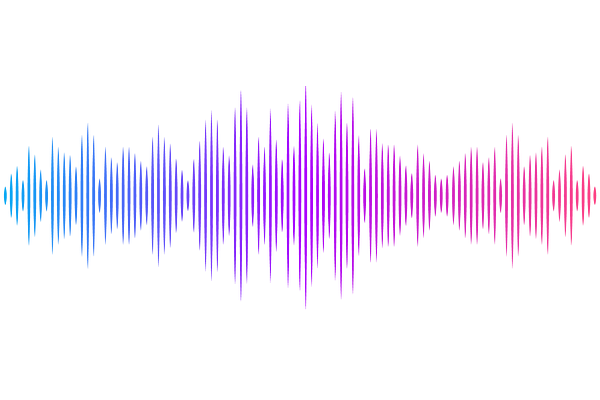Field-Level Comparison and Robustness Analysis of Cosmological N-Body Simulations

Field-Level Comparison and Robustness Analysis of Cosmological N-Body Simulations
Adrian E. Bayer, Francisco Villaescusa-Navarro, Sammy Sharief, Romain Teyssier, Lehman H. Garrison, Laurence Perreault-Levasseur, Greg L. Bryan, Marco Gatti, Eli Visbal
AbstractWe present the first field-level comparison of cosmological N-body simulations, considering various widely used codes: Abacus, CUBEP$^3$M, Enzo, Gadget, Gizmo, PKDGrav, and Ramses. Unlike previous comparisons focused on summary statistics, we conduct a comprehensive field-level analysis: evaluating statistical similarity, quantifying implications for cosmological parameter inference, and identifying the regimes in which simulations are consistent. We begin with a traditional comparison using the power spectrum, cross-correlation coefficient, and visual inspection of the matter field. We follow this with a statistical out-of-distribution (OOD) analysis to quantify distributional differences between simulations, revealing insights not captured by the traditional metrics. We then perform field-level simulation-based inference (SBI) using convolutional neural networks (CNNs), training on one simulation and testing on others, including a full hydrodynamic simulation for comparison. We identify several causes of OOD behavior and biased inference, finding that resolution effects, such as those arising from adaptive mesh refinement (AMR), have a significant impact. Models trained on non-AMR simulations fail catastrophically when evaluated on AMR simulations, introducing larger biases than those from hydrodynamic effects. Differences in resolution, even when using the same N-body code, likewise lead to biased inference. We attribute these failures to a CNN's sensitivity to small-scale fluctuations, particularly in voids and filaments, and demonstrate that appropriate smoothing brings the simulations into statistical agreement. Our findings motivate the need for careful data filtering and the use of field-level OOD metrics, such as PQMass, to ensure robust inference.